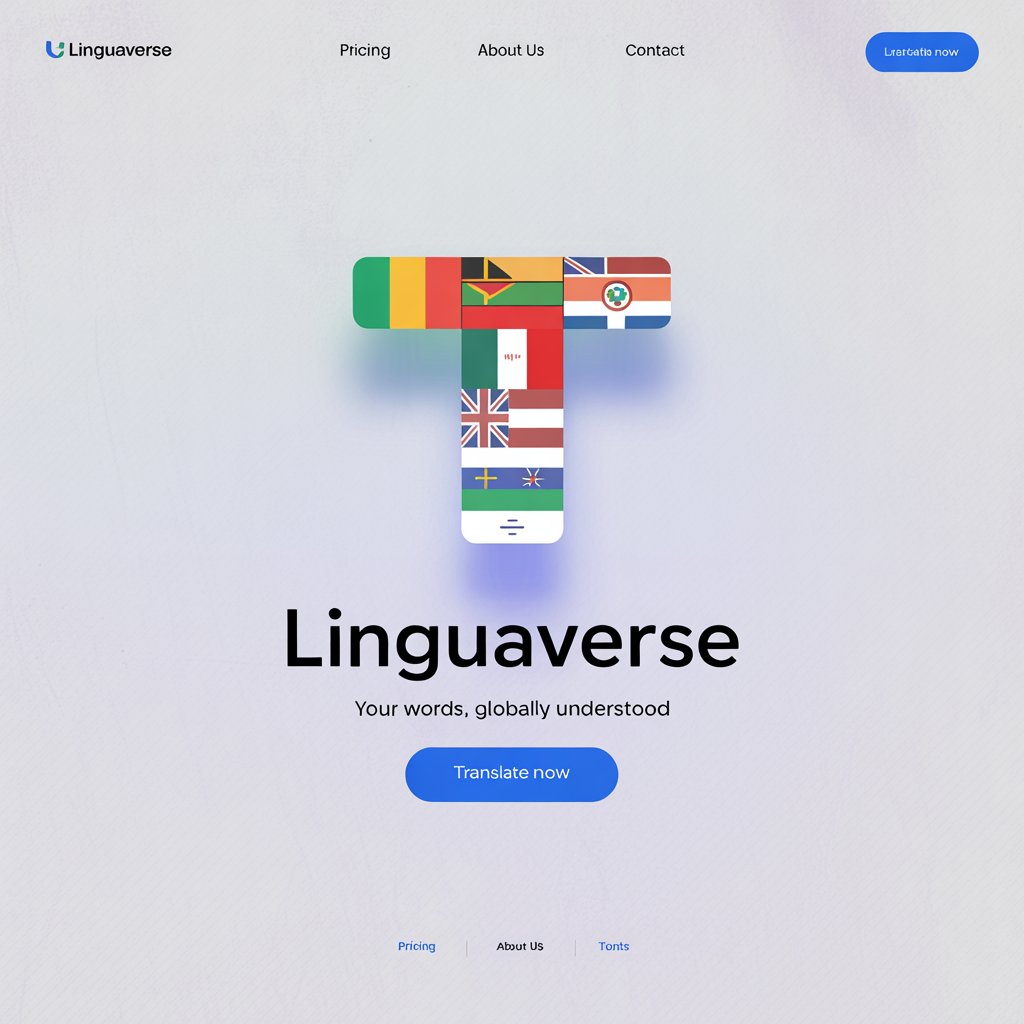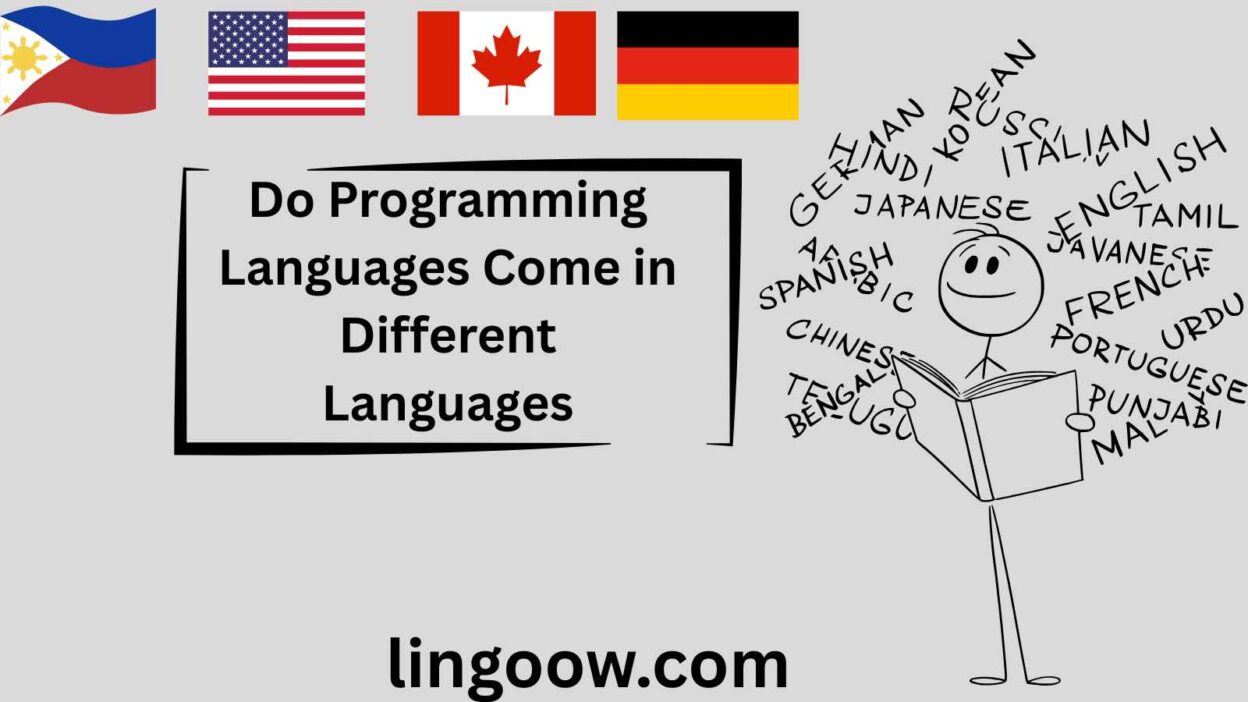Introduction
As a young coder, I remember the thrill of typing my first “Hello, World!” in Python, feeling like I had unlocked a secret language that could talk to machines. Years later, while collaborating on a project with developers from Japan, India, and Nigeria, I noticed something fascinating: the way we referred to “programming languages” in our native tongues carried unique cultural flavors. In English, the term feels technical, almost mechanical, but in other languages, it evokes creativity, logic, or even art. This realization sparked a curiosity to explore how the concept of “programming languages” is expressed across the globe. Despite our different words, we share a universal passion for creating through code—a thread that ties coders together, no matter where we come from.
This blog post dives into how the phrase “programming language” is articulated in various languages and cultures, revealing the beauty of linguistic diversity and the shared human drive to build technology. From European tech hubs to African innovation centers, from Asian metropolises to indigenous communities, let’s uncover the global tapestry of this term and its cultural significance.
Reference Table: “Programming Language” Across the Globe
| Language | Word/Phrase for “Programming Language” | Cultural/Linguistic Insight |
|---|---|---|
| Spanish | Lenguaje de programación | Emphasizes “lenguaje” (language), suggesting a communicative bridge between humans and machines. |
| French | Langage de programmation | Similar to Spanish, “langage” implies a structured system of expression, rooted in logic. |
| German | Programmiersprache | Combines “programmier” (programming) with “sprache” (speech), evoking precision and structure. |
| Italian | Linguaggio di programmazione | “Linguaggio” reflects a poetic view of coding as a creative, expressive act. |
| Mandarin Chinese | 编程语言 (Biānchéng yǔyán) | Literally “programming language,” with “yǔyán” (language) suggesting a tool for creation. |
| Hindi | प्रोग्रामिंग भाषा (Programming Bhāṣā) | “Bhāṣā” (language) carries a cultural weight, tied to India’s rich linguistic heritage. |
| Japanese | プログラミング言語 (Puroguramingu gengo) | “Gengo” (language) implies a structured system, reflecting Japan’s tech-driven culture. |
| Korean | 프로그래밍 언어 (Peurogeuraeming eoneo) | “Eoneo” (language) aligns coding with communication, mirroring Korea’s tech innovation ethos. |
| Arabic | لغة البرمجة (Lughat al-barmaja) | “Lughat” (language) ties coding to the expressive power of Arabic’s literary tradition. |
| Swahili | Lugha ya programu | “Lugha” (language) emphasizes accessibility, reflecting Swahili’s role as a unifying tongue. |
| Zulu | Ulimi wokuhlela | “Ulimi” (tongue/language) suggests coding as a living, spoken craft in Zulu culture. |
| Yoruba | Èdè Ìṣàtò | “Èdè” (language) frames programming as a cultural expression, tied to Yoruba oral traditions. |
| Maori | Reo rorohiko | “Reo” (language) and “rorohiko” (computer) reflect a blend of tradition and modernity. |
| Hawaiian | ʻŌlelo kamepiula | “ʻŌlelo” (language) connects coding to storytelling, a cornerstone of Hawaiian culture. |
| Cherokee | ᎦᏬᏂᏍᎩ ᏧᎾᏂᎸᎩ (Gawonisgi tsunagvwi) | Combines “speech” and “machine,” reflecting Cherokee’s adaptation to modern technology. |
European Languages
In Europe, the concept of a “programming language” is often tied to precision and innovation, reflecting the continent’s history as a hub for scientific advancement. In Spanish, “lenguaje de programación” highlights the communicative aspect of coding, as if programmers are conversing with computers. This resonates with Spain’s vibrant, expressive culture, where language is a tool for connection. French uses “langage de programmation,” emphasizing structure and logic, mirroring France’s philosophical tradition of clarity and reason. In German, “Programmiersprache” conveys a sense of technical rigor, aligning with Germany’s reputation for engineering excellence. Italian’s “linguaggio di programmazione” carries a poetic undertone, suggesting that coding is an art form, much like Italy’s contributions to music and literature. These terms reflect how Europeans view coding as both a science and a creative endeavor, shaped by their cultural emphasis on precision and expression.
Asian Languages
Asia’s linguistic diversity mirrors its technological dynamism, with the phrase “programming language” taking on varied nuances. In Mandarin Chinese, “编程语言” (Biānchéng yǔyán) is straightforward, with “yǔyán” evoking a tool for creation, resonating with China’s rapid tech growth. Hindi’s “प्रोग्रामिंग भाषा” (Programming Bhāṣā) ties coding to India’s rich linguistic heritage, where “bhāṣā” carries a sense of cultural identity, reflecting India’s booming IT sector. Japanese uses “プログラミング言語” (Puroguramingu gengo), with “gengo” suggesting a structured system, aligning with Japan’s disciplined approach to technology. Korean’s “프로그래밍 언어” (Peurogeuraeming eoneo) emphasizes communication, mirroring South Korea’s innovative tech culture. In Arabic, spoken across over 20 countries, “لغة البرمجة” (Lughat al-barmaja) connects coding to the expressive depth of Arabic’s literary tradition, used in nations like Egypt, Saudi Arabia, and the UAE. These terms highlight Asia’s blend of tradition and modernity, where coding is both a craft and a cultural expression.
African Languages
Africa’s linguistic landscape is as diverse as its cultures, and the phrase “programming language” reflects this richness. In Swahili, spoken in over 20 countries like Kenya, Tanzania, and Uganda, “lugha ya programu” emphasizes accessibility, aligning with Swahili’s role as a unifying language across East Africa. Zulu’s “ulimi wokuhlela,” used in South Africa, frames coding as a living craft, tied to the oral traditions of storytelling. Yoruba, spoken in Nigeria and Benin, uses “èdè ìṣàtò,” linking programming to cultural expression, reflecting Nigeria’s growing tech scene. Other African languages, like Amharic in Ethiopia (“ፕሮግራሚንግ ቋንቋ” – Programming k’wanik’wa), emphasize coding as a tool for empowerment, mirroring Africa’s rise in tech innovation. These terms show how programming is woven into Africa’s cultural fabric, blending tradition with technological progress.
Indigenous & Island Languages
Indigenous and island languages offer unique perspectives on “programming language,” often blending tradition with modernity. In Maori, spoken in New Zealand, “reo rorohiko” (language of the computer) reflects a harmonious blend of ancestral knowledge and technology, aligning with Maori values of balance. Hawaiian’s “ʻōlelo kamepiula” ties coding to storytelling, a cultural pillar in Hawaii. Cherokee, used in the United States, employs “ᎦᏬᏂᏍᎩ ᏧᎾᏂᎸᎩ” (Gawonisgi tsunagvwi), combining “speech” and “machine” to reflect adaptation to modern tools. Samoan, spoken in Samoa and American Samoa, uses “gagana polokalama,” where “gagana” (language) emphasizes community and connection. Across over 20 countries, including Fiji (“vosa ni parokaramu”) and Tonga (“lea fakapolokalama”), these languages highlight how indigenous and island cultures integrate coding into their worldviews, often as a means of preserving identity while embracing innovation.
Cultural Insights
The phrase “programming language” has evolved alongside computing itself. In ancient times, humans used symbols and logic to communicate complex ideas, from cuneiform in Mesopotamia to Sanskrit’s structured grammar in India. Today’s programming languages continue this legacy, acting as modern hieroglyphs that bridge human creativity and machine precision. In some cultures, like Japan, the term reflects a disciplined approach to technology, while in African and indigenous contexts, it often carries a sense of community and storytelling. Historically, the rise of computers in the 20th century globalized the concept, but local languages adapted it to fit cultural frameworks. For example, Arabic’s “lughat al-barmaja” ties coding to its literary tradition, while Cherokee’s term reflects resilience in adopting new technologies. This evolution underscores how programming languages are not just technical tools but cultural artifacts, shaped by history and tradition.
Proverbs and Sayings
Across cultures, proverbs about language and creation often parallel the concept of programming languages:
- Spanish: “El lenguaje abre puertas” (Language opens doors) – reflects coding as a gateway to opportunity.
- Mandarin Chinese: “一门语言,一扇窗” (One language, one window) – suggests programming as a window to innovation.
- Swahili: “Lugha ni hazina” (Language is a treasure) – views coding as a valuable skill for empowerment.
- Maori: “Ko te reo te mauri o te mana Māori” (Language is the life force of Māori identity) – parallels coding as a tool for cultural preservation.
- Arabic: “اللغة مفتاح العلم” (Language is the key to knowledge) – ties programming to intellectual growth.
These sayings highlight the universal value of language, including programming languages, as tools for connection, creativity, and progress.
FAQs
Why does the phrase sound similar in many languages?
Many languages borrow the English term “programming” due to the global influence of computing, adapting it to local phonetics (e.g., “programmiersprache” in German, “puroguramingu” in Japanese). The word “language” is often translated directly, reflecting its universal role in communication.
What’s the oldest known usage of the term?
The term “programming language” emerged in the mid-20th century with early computers, popularized by languages like Fortran (1950s). However, its conceptual roots trace back to ancient systems of symbolic communication, like mathematical notation.
How do cultural differences shape the expression of this concept?
In tech-driven cultures like Japan and Korea, the term emphasizes structure and innovation. In African and indigenous languages, it often carries a communal or storytelling aspect, reflecting cultural priorities of connection and tradition.
Conclusion
The phrase “programming language” is more than a technical term—it’s a global symphony of human creativity, resonating across cultures and continents. From the poetic “linguaggio” in Italian to the communal “lugha” in Swahili, each language infuses the concept with its unique perspective, yet all share a universal truth: coding is a way to create, connect, and innovate. Whether you’re a developer in Lagos, Tokyo, or a small island community, the words you use to describe programming languages reflect your culture’s heart and history. I invite you to share your own experiences—how do you say “programming language” in your tongue, and what does it mean to you? Drop a comment below and let’s celebrate the global language of code together!




